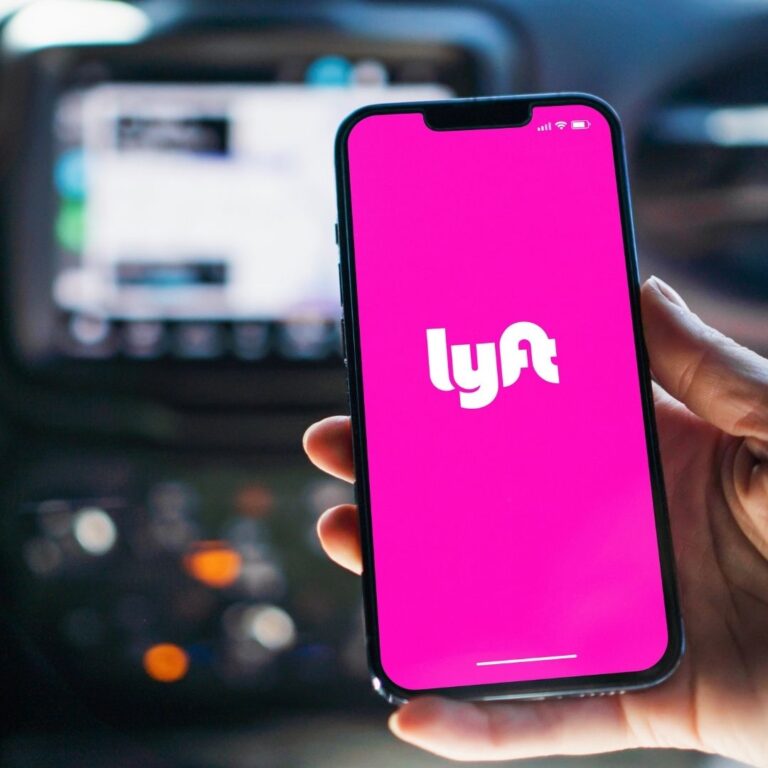Lyft, the popular ride-sharing service, wasn’t always known for its friendly pink mustache. Its journey began with a different vision, spearheaded by co-founders Logan Green and John Zimmer.
The seeds of Lyft were sown in 2007 with the creation of Zimride, a long-distance carpooling platform designed to connect drivers and passengers traveling between cities, particularly targeting university students. Green’s own experiences with the inefficiencies of transportation and Zimmer’s desire to foster community through shared rides fueled the concept. Zimride aimed to fill empty seats in cars, promoting a more sustainable and social way to travel.
As the founders observed the increasing demand for point-to-point transportation within urban areas, they recognized an opportunity to adapt their concept for shorter distances. In the summer of 2012, out of Zimride, Lyft was officially launched in San Francisco. Initially presented as a service within Zimride, its rapid popularity soon led Green and Zimmer to focus entirely on Lyft, selling Zimride to Enterprise in May 2013.
Lyft differentiated itself from competitors with a more casual and friendly approach. The iconic pink mustache adorning the front of drivers’ cars became a symbol of this lighthearted brand identity, emphasizing the “friend with a car” ethos. This contrasted with the more professional image adopted by other ride-sharing services.
Founders: The Visionaries Behind the Wheel
The driving forces behind Lyft’s creation and growth are:
- Logan Green: Co-founder and former CEO (now Chairman), Green’s early experiences with traffic congestion sparked his interest in finding innovative transportation solutions. He also initiated a car-sharing program during his time at the University of California, Santa Barbara, demonstrating his early commitment to shared mobility.
- John Zimmer: Co-founder and former President (now Vice Chair), Zimmer brought a passion for community building and recognized the potential of ride-sharing to connect people. His background in real estate finance provided a valuable perspective in the company’s early development.
Their shared vision of improving transportation, reducing traffic, and fostering a sense of community laid the foundation for Lyft’s unique identity and growth trajectory.
History: Navigating the Road to Success
Since its 2012 launch, Lyft has steadily grown to become the second-largest ride-sharing service in the United States and also operates in Canada. Key milestones in Lyft’s history include:
- Early Growth and Brand Building: The pink mustache and friendly driver interactions helped Lyft cultivate a distinct brand image and attract a loyal user base.
- Expansion and Funding: Lyft strategically expanded its services across major cities in the US and Canada, securing significant funding rounds to fuel its growth and compete in the dynamic ride-sharing market.
- Diversification of Services: Beyond its core ride-sharing offering, Lyft has explored and implemented services like Lyft Line (shared rides), and has invested in autonomous vehicle technology to prepare for the future of transportation.
- Initial Public Offering (IPO): In March 2019, Lyft went public, raising significant capital and marking a major milestone in its journey.
- Adapting to Challenges: Like the broader ride-sharing industry, Lyft has faced regulatory hurdles, debates about driver classification, and the impact of global events, requiring continuous adaptation and strategic adjustments.
Net Worth: Assessing Lyft’s Current Market Position
As of May 14, 2025, Lyft’s market capitalization, often used as an indicator of its net worth in the public market, stands at approximately $7.09 billion. It’s important to note that market capitalization fluctuates based on stock price and investor sentiment.
Since its IPO in 2019, Lyft’s market cap has experienced considerable volatility. While it reached higher valuations in its early public trading days, current market conditions and company performance have influenced its present valuation.
In conclusion, Lyft’s foundation lies in the collaborative vision of Logan Green and John Zimmer, who evolved their initial concept of Zimride into a prominent player in the ride-sharing industry. Through strategic branding, expansion, and adaptation, Lyft has carved out a significant space in urban transportation, and its current net worth reflects its ongoing position in the market.


